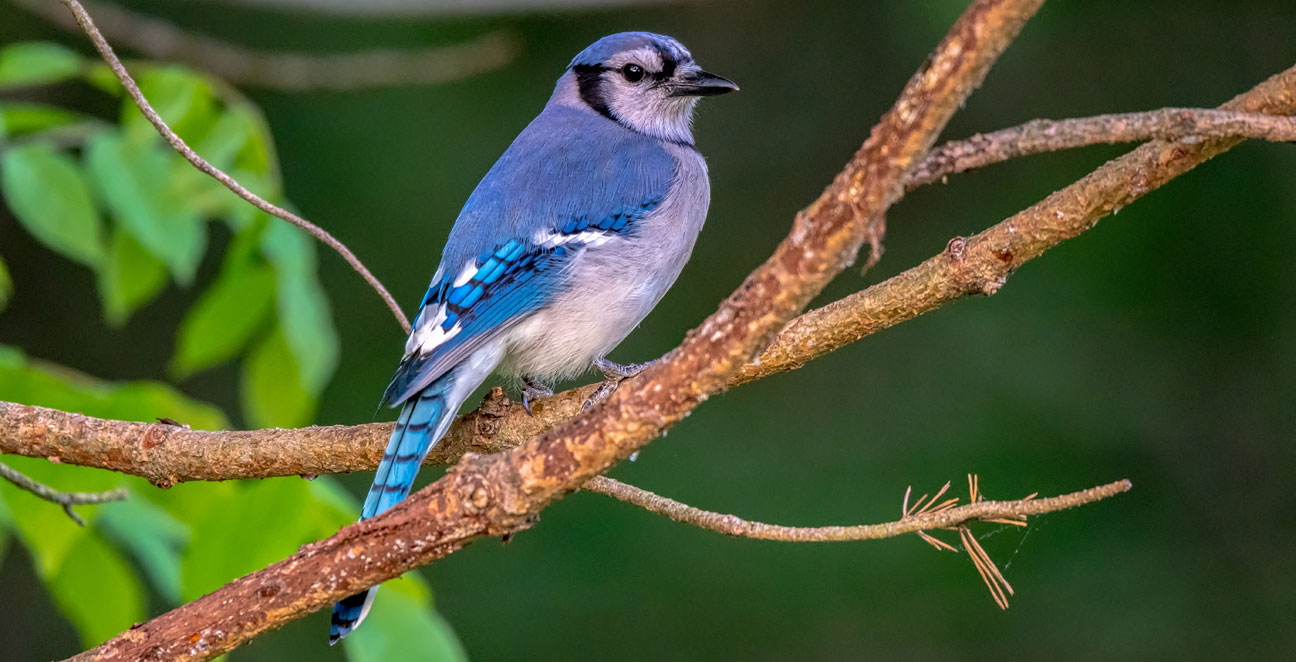
Hairy Woodpecker
Scientific Name:
Leuconotopicus villosus
Length:
7.1-10.2 in (18-26 cm)
Weight:
1.4-3.4 oz (40-95 g)
Wingspan:
13.0-16.1 in (33-41 cm)
Nest:
The nest is a is cavity, mainly in trees that shed in the east, in aspens or dead cone-bearing in west. Cavity usually 4-60' above ground. The cavity is often in a branch or stub that isn’t perfectly vertical, with the entrance hole on the underside. This location may help keep flying squirrels and sapsuckers from trying to take over the hole.
Eggs:
4, sometimes 3-6. White. Incubation is by both sexes (with male incubating at night, female most of day), about 14 days.
Feeding Behavior:
These birds forage on trees, often turning over bark or excavating to uncover insects. They mainly eat insects, but also fruits, berries and nuts, as well as sometimes tree sap. Males may forage more deliberately than females, working longer in one spot. They feed on larvae of wood-boring beetles, also other beetles, ants, caterpillars, and others. Also eats some berries, seeds, nuts.
Young:
Both parents feed the nestlings. Male may forage farther from nest, making fewer feeding trips with more food each time. Young leave nest 28-30 days after hatching, are fed by parents for some time afterward.
Range:
The hairy woodpecker inhabits mature forests in the Bahamas, Canada, Costa Rica, El Salvador, Guatemala, Honduras, Mexico, Nicaragua, Panama, Saint Pierre and Miquelon, and the United States. It is a vagrant to Puerto Rico and the Turks and Caicos Islands. These birds are mostly permanent residents. Birds in the extreme north may migrate further south; birds in mountainous areas may move to lower elevations.
Brief Description:
A medium-sized woodpecker with a fairly square head, a long, straight, chisel-like bill, and stiff, long tail feathers to lean against on tree trunks. The bill is nearly the same length as the head. They are contrastingly black and white. The black wings are checkered with white; the head has two white stripes (and, in males, a flash of red toward the back of the head). A large white patch runs down the center of the black back.